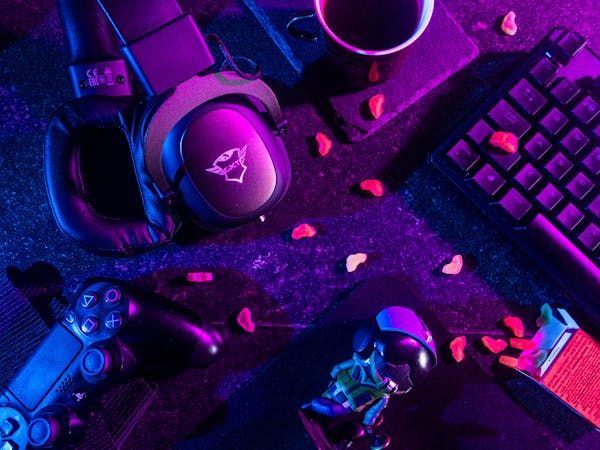Advertisement

- Updated on May 18, 2025
- IST 12:28 pm
Imagine the scene: It’s August 2, 2022, and the National Exhibition Centre in Birmingham is electric with anticipation. The Indian men’s table tennis team is locked in a do-or-die battle against Singapore in the Commonwealth Games final. The stakes are high, the paddles are poised, and a billion dreams hang in the balance. Then, with a breathtaking 3-1 victory, India clinches the gold medal, igniting celebrations from Mumbai to Manipur. “CWG 2022: India’s table tennis team smashes its way to gold!”—a headline that echoes the pride of a nation. This wasn’t just a win; it was a seismic shift for Indian sports, proving that table tennis, often overshadowed by cricket, could shine on the global stage.
For a country where cricket reigns supreme, this triumph was like a Diwali dhamaka—unexpected, exhilarating, and unforgettable. It showcased the grit of Indian athletes and hinted at a future where sports diversity thrives. Let’s dive into this historic moment, exploring the journey, the victory, and its ripple effects on India’s sports landscape.
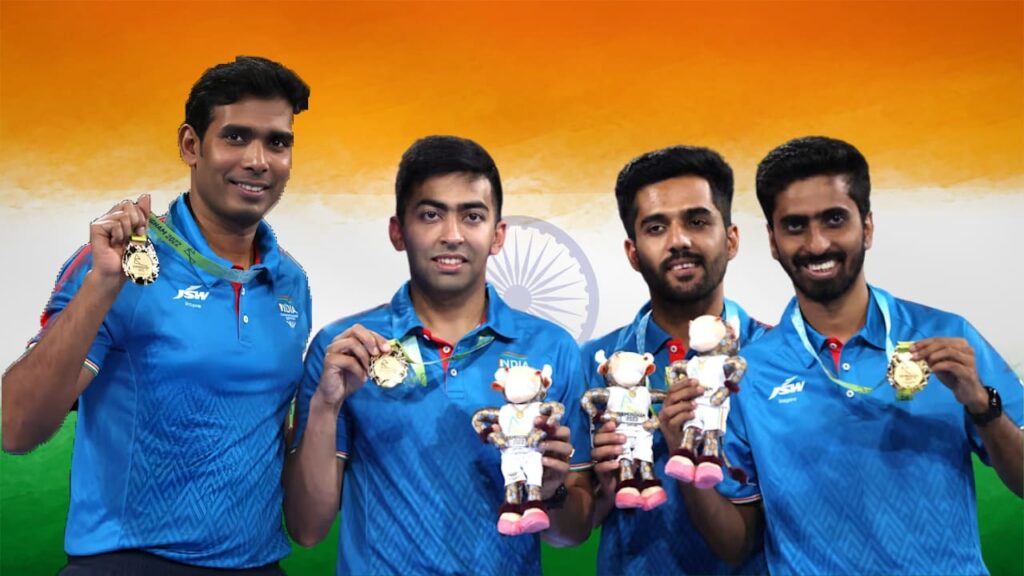
The Stage is Set: Commonwealth Games 2022
The 2022 Commonwealth Games, held in Birmingham, UK, from July 28 to August 8, was a grand affair, bringing together athletes from 72 nations. India rolled in with a powerhouse contingent of over 200 competitors, ready to make waves in everything from wrestling to badminton. But amidst the buzz, the men’s table tennis team quietly prepared to defend their 2018 gold—a title they’d earned with sweat and swagger.
Table tennis at the Commonwealth Games isn’t just another event; it’s a high-octane showdown of speed, strategy, and stamina. For India, it was a chance to prove that their 2018 victory wasn’t a fluke. The team—Sharath Kamal, Sathiyan Gnanasekaran, Harmeet Desai, and Sanil Shetty—blended experience with youthful energy, setting the stage for a golden encore.
The Golden Clash: India vs. Singapore
The final against Singapore was a nail-biter, a match that could’ve been scripted for a Bollywood blockbuster. Singapore brought their A-game with players like Izaac Quek Yong and Pang Yew En Koen, but India was ready to rumble. The action kicked off with a doubles match, where Sathiyan Gnanasekaran and Harmeet Desai crushed it, winning 3-0 (13-11, 11-7, 11-5). It was like watching a perfectly timed cover drive—clean, confident, and crowd-pleasing.
Next up, veteran Sharath Kamal faced Zhe Yu Clarence Chew in the first singles. At 40, Sharath’s a legend, but this time, he fell 1-3, putting India on edge. The tension was thicker than a monsoon downpour. But Sathiyan Gnanasekaran, ranked 35th in the world, bounced back in the second singles, outplaying Pang Yew En Koen 3-1 (12-10, 7-11, 11-7, 11-4). Then came the clincher: Harmeet Desai, with nerves of steel, dominated Chew 3-0 (11-8, 11-5, 11-6), sealing the table tennis gold for India.
Sharath later said, “This win means everything to us. We’ve poured our hearts into this.” Sathiyan added, “It’s a proud moment for Indian table tennis—we want kids to see this and dream big.” The victory wasn’t just a scoreline; it was a viral sports moment that lit up social media and living rooms alike.
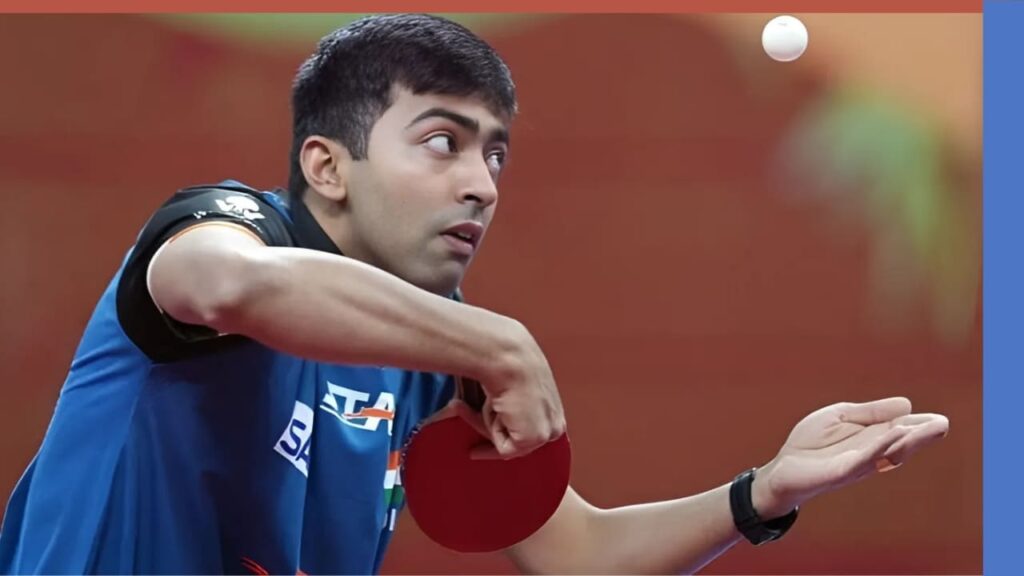
The Road to Glory: A Team’s Journey
This gold didn’t come easy—it was forged in the fire of relentless preparation and unshakable resolve. The team trained like warriors, clocking hours at camps in Bengaluru and beyond, fine-tuning their smashes and spins. Injuries? They fought through them. Pressure? They laughed it off. Expectations? They turned them into fuel.
Take the semi-finals, for instance. Facing a formidable Nigerian squad, India swept 3-0, with each player stepping up like a superhero in a Marvel flick. Sharath’s experience guided the ship, Sathiyan’s aggression rattled opponents, Harmeet’s consistency anchored the team, and Sanil’s reliability was the glue. It was a masterclass in teamwork, a testament to why Indian athletes are a force to reckon with.
I remember chatting with a friend who coaches kids in Delhi. He said, “These guys trained like it was their last day on earth. That gold? It’s sweat turned into glory.” That’s the kind of dedication that makes sports highlights like these unforgettable.
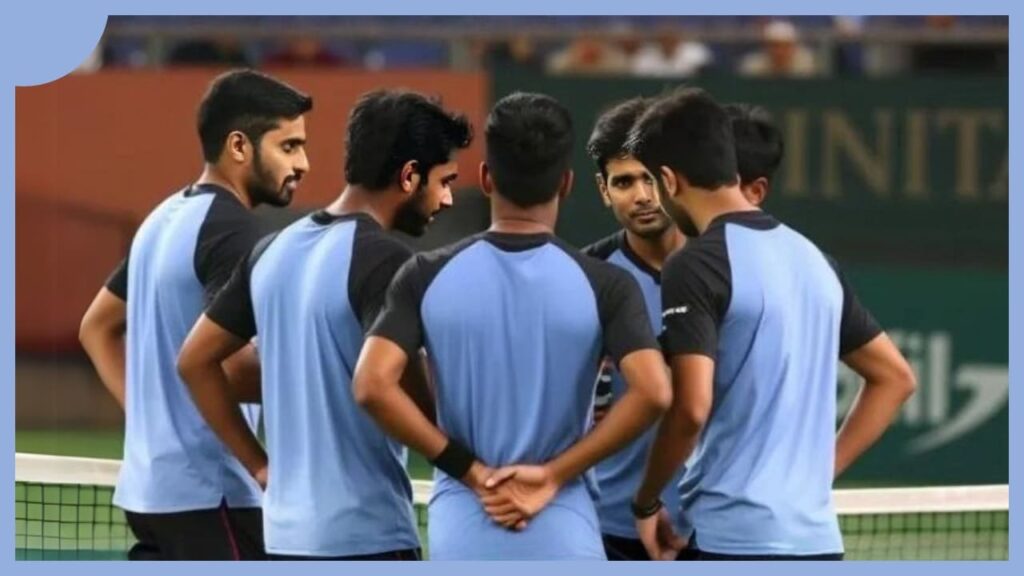
Why It Matters: A Milestone for Indian Sports
This table tennis gold isn’t just a shiny medal—it’s a game-changer. In a cricket-crazy nation, it’s a wake-up call that other sports deserve the spotlight too. It screams potential, showing that with the right support, India can dominate in arenas beyond the pitch. Think about it: if table tennis can rise, what’s stopping badminton, hockey, or archery from soaring?
The win could spark a revolution—more funding, better facilities, and a bigger talent pool. Imagine schools in small towns setting up table tennis clubs, kids trading cricket bats for paddles, and coaches spotting the next Sharath or Sathiyan. It’s not just sports glory; it’s a blueprint for India’s sports trends moving forward.
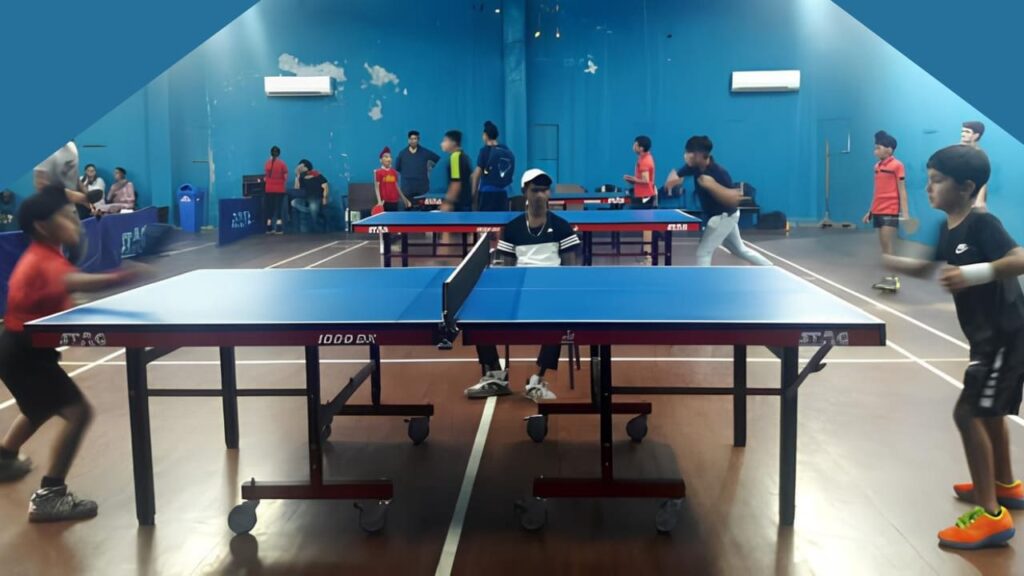
Looking Back: Table Tennis in India’s History
Table tennis in India has had its moments, but it’s often played second fiddle to cricket. Rewind to 2006—Sharath Kamal bagged gold at the Commonwealth Games in Melbourne, putting the sport on the map. Fast forward to 2018, and the men’s team grabbed gold again, proving they could hang with the best. The 2022 win? It’s the cherry on top, showing consistency and growth.
Back in the day, table tennis was a niche pastime, played in community halls with rickety tables. Now, it’s evolving—academies are popping up, players are going pro, and the world’s taking notice. The 2022 triumph builds on this legacy, turning a quiet sport into a roaring success story.
By the Numbers: Facts and Figures
Let’s break it down. At the 2022 Commonwealth Games, India snagged 61 medals—22 golds, 16 silvers, and 23 bronzes—finishing fourth overall. The men’s table tennis gold was a standout, but it wasn’t alone; the women’s team bagged bronze, and Sharath nabbed a few individual medals too. The team’s stats? Impressive. Sathiyan, the highest-ranked at 35th globally, led the charge, while Sharath, at 40, defied age with his finesse.
The tournament saw 12 men’s teams slug it out, with India topping Group 3 and breezing through the knockouts. It’s the kind of data that makes you sit up and say, “Wow, these guys are table tennis champions!”
The Heart of the Win: Emotions Run High
For the players, this was personal. They’d sacrificed family time, battled injuries, and pushed their limits—all for that podium moment. Picture it: the Indian flag rising, the anthem blaring, and tears of joy in their eyes. It was like watching a Bollywood climax where the underdog wins against all odds.
Sharath once shared how he missed his kids’ birthdays for training. Sathiyan talked about late-night practice sessions that left him exhausted but determined. Winning gold was their Mount Everest—a peak scaled through sheer will. For them, it wasn’t just a medal; it was validation of every drop of sweat.
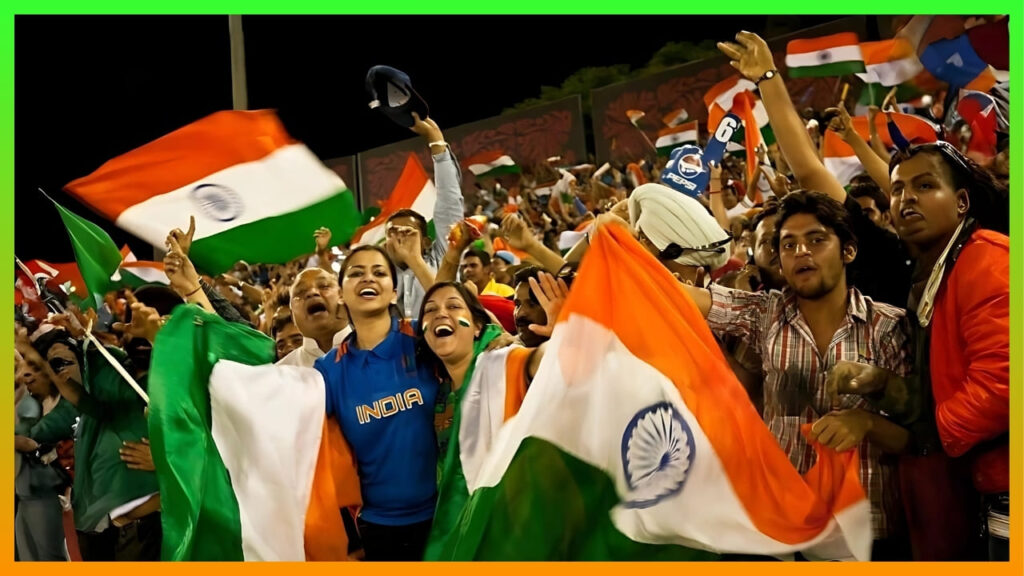
The Nation Responds: Fans Go Wild
Back home, India erupted. Twitter exploded with #TableTennisGold trending, WhatsApp groups buzzed with victory memes, and kids in my neighborhood reenacted the winning shots with makeshift paddles. It was a sports glory moment that united us, much like a last-ball six in an IPL final.
Fans called them heroes—Sharath the “Paddle King,” Sathiyan the “Smash Star.” TV channels replayed the match like it was a classic India-Pakistan clash. It wasn’t just a win; it was a celebration of Indian sports spirit, proving we’ve got talent aplenty.
Inspiring the Future: Youth Talent Takes Note
This victory is a beacon for India’s youth. Picture a 15-year-old in Chennai watching Harmeet’s final shot, dreaming of her own gold. Or a 20-year-old in Kolkata picking up a paddle, inspired by Sathiyan’s hustle. It’s not far-fetched—coaches are already reporting more kids signing up for classes.
The win shows that hard work pays off, that Indian athletes can shine globally. It might push parents to back their kids’ sports dreams, not just their engineering ones! With youth talent on the rise, who knows? The next CWG could see a new crop of table tennis stars.
The Bigger Picture: What’s Next for India Sports?
This isn’t the end—it’s a beginning. The 2022 gold could kickstart a table tennis boom, much like Neeraj Chopra’s javelin win did for athletics. More academies, better gear, and international exposure could follow. And it’s not just table tennis—think boxing, shooting, or wrestling. India’s sports tapestry is getting richer, and we’re here for it.
The government’s already talking sports budgets, and corporates might jump in with sponsorships. It’s a domino effect—one win sparking a chain of possibilities. The question is: can we keep the momentum going?
Wrapping Up: A Call to Cheer
India’s table tennis team didn’t just win gold at the 2022 Commonwealth Games—they won hearts. They showed the world what Indian athletes are made of—grit, guts, and a whole lot of heart. This is our moment to celebrate, but also to support. Let’s rally behind our sports stars, push for better infrastructure, and inspire the next generation to chase their own sports highlights.
So, what’s your take on this table tennis triumph? Did it make you proud? Drop your thoughts below—I’d love to hear how this win hit you. And hey, stick with PBTrendz.com for more stories of India’s sports rise. Let’s keep the cheer alive!
You May Like This
Advertisement
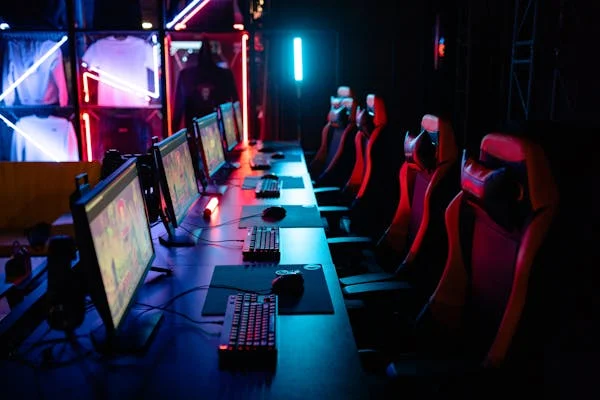
You May Like This


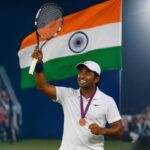
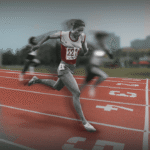




Advertisement

Advertisement

Advertisement
